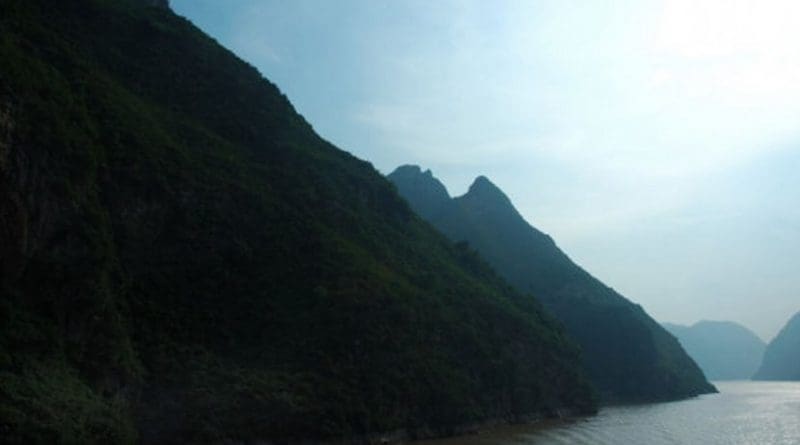Natural Climate Change Has Major Influence On Hydrological Cycle Over ‘China Water Tower’
Known as the “China Water Tower”, the Sanjiangyuan region is headwaters of the Yellow River, Yangtze River and Lancang-Mekong River. Due to climate change and human activity, its streamflow and vegetation cover decreased during the end of last century, while they started to recover after the implementation of “Graze for Grass Project” and “Sanjiangyuan Region Reserve Project”.
However, changes of terrestrial hydrological cycle and their drivers are still unknown due to sparse observations and difficulty in modeling the complex hydro-thermal processes over the mountainous headwaters.
Recently, Professor Xing Yuan and his PhD student Peng Ji, from the Institute of Atmospheric Physics, Chinese Academy of Sciences, developed a high resolution (3 km) land surface model (CSSPv2), and significantly improved streamflow and soil moisture simulations over the Sanjiangyuan region. High resolution land surface modeling also outperformed the state-of-the-art global reanalysis in simulating terrestrial hydrology in the headwaters region.
They found that natural climate change dominated the changes in terrestrial hydrological changes, although anthropogenic climate change mainly caused changes in ground temperature and frozen soil. Contribution from land cover changes is less than 10%.
Professor Yuan explained the model results, “Precipitation variation caused by natural climate change is mainly responsible for the changes in streamflow and terrestrial water storage, which suggests that the adaptations might be more important than mitigations for the water resources management over the Sanjiangyuan region.”

